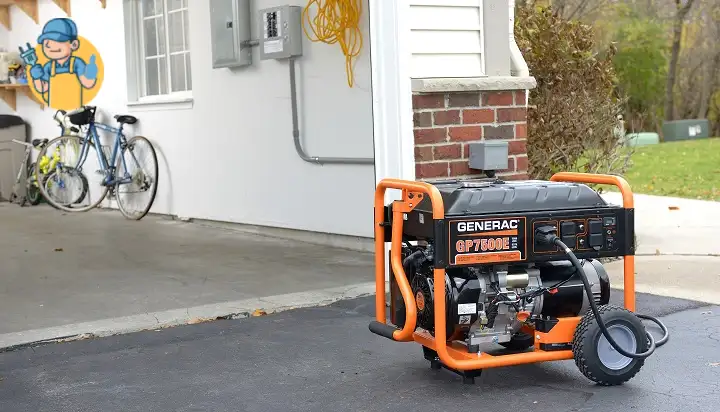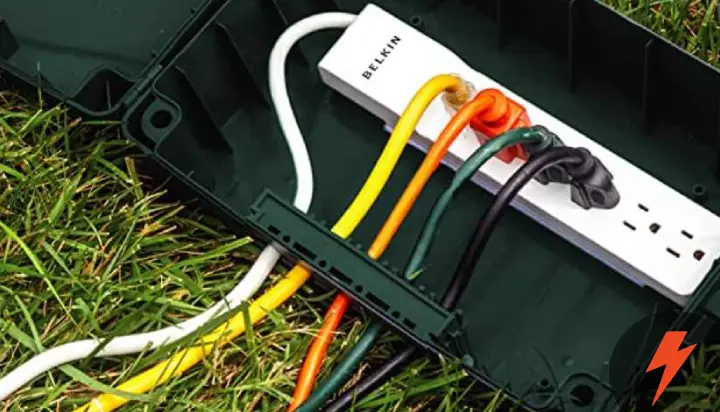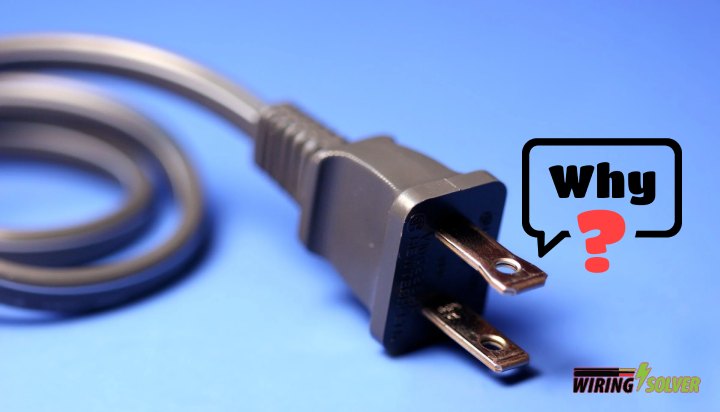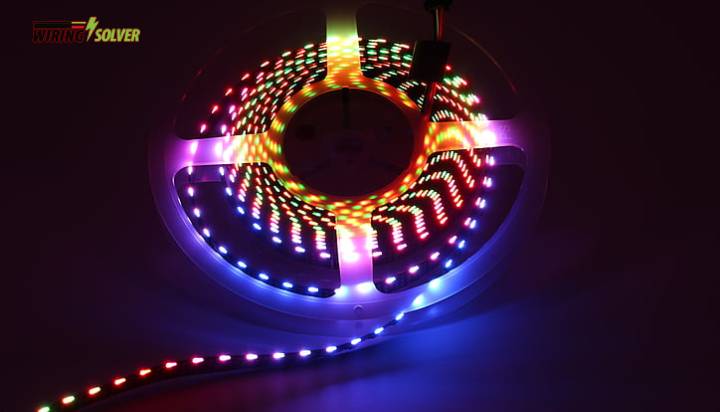There are proper safety codes that must be maintained when hooking up a generator to your house. So, can you plug a generator into a wall socket?
No. You should never plug a generator into a wall socket. Even though it is technically possible to do so, there are deadly risks involved in the procedure. And is even illegal in some places. It could easily result in permanent damage to your circuitry and equipment due to backfeeding.
In this article, I will brief you on the risks of doing this as well as instruct you on how you can use a generator without any risks involved.

Why Shouldn’t I Plug a Generator into A Wall Socket?
Backfeeding is a major risk when plugging a generator into a wall socket. It happens when a potent, unfitted electrical current over boosts the electrical system of your house.
Therefore, it results in an endless feedback loop, where the current goes the wrong way. As no breaker is installed on the wall socket, permanent damage happens.
Even more, the potential hazard of electrocution rises, as the amount of electricity flowing is not filtered. Let us see some of the risks associated with backfeeding:
Electrocution
As stated above, backfeeding increases the hazard of electric shock even outside your house. Engineers or electricians, if working near the power lines, might receive a life-threatening jolt of electricity.
This happens when the overloaded electrical current overflows into your public system from the house.
Risk of Fire
It goes without saying that electricity should not be meddled with. A generator is way more powerful to handle, so it results in backfeeding.
Eventually, the accumulated current will cause wires in the electrical system to heat up. The result? Excess electricity causes fire.
Damage to Generator
The generator carries the risk of getting damaged. The excess electricity might result in the generator getting burned out.
This, again, raises the potential risk of fire, the primary safety concern when handling electricity. It can also thrust the expense of replacing the generator at you.
Legal Issues
This is illegal as per the National Electrical Code. As the dangers, the connection poses affect your home and the general public, it causes legal issues.
If you break the US National Electric Code, which restricts backfeeding strictly, you will be highly accountable.
No Insurance to Cover the Damage
As you know, plugging the generator into a wall socket is illegal. Your insurance provider will provide no compensation for the backfeeding damage. It also carries extra safety risks.
This leaves you solely responsible for the additional costs linked to repairing any fire damage or fixing your house’s electrical system.
Safety Guidelines to Connect a Portable Generator to Your Home

While this might not be a suitable option, other safer means exist. Safely connecting the generator to your house requires you to ensure that the generator and power grid are not simultaneously connected to your main utility.
Choose Generator Size Wisely
Size matters if you want to have a safe connection. If you have the intention to power having some extra in-built capacity, you must choose the right size.
It vastly depends on the other appliances. For running both the window unit and fridge, portable generators starting from 5000 watts (W) would suffice.
How much is a generator for a 2000 sq. ft. house? To power the entire house, users should opt for a 25 kW generator.
Employ Transfer Switches
By far, this is the easiest and safest way to connect your portable generator to your home. A certified electrician is needed to install your transfer switch. Even though extra expenses incur, they are worth it, considering the long run.
But how can I run an extension cord from the generator into the house?
You can connect the generator with the particular four-pronged extension cord using the power inlet box, which usually stays outside your home.
Later, the power inlet is linked to the transfer switch to be installed into the house’s main panel.
Install Interlock Switch
An interlock switch can also be a safe getaway. It functions in almost the same way as the transfer switch. In an interlock switch, the power flows into a switch situated in the main breaker panel.
You can then shift between generator power and main power, making it easy to decipher which you shut off and ensure they don’t operate simultaneously.
How Can I Safely Use a Generator for My Home?
While using a generator, in order to ensure the safety for your electrical equipment as well as yourself, you must follow a few safety regulations. However, these also depend on the type and capacity of your generator.
First of all, you should never operate a generator in or too close to your home. Generator come with several warnings about the dangers of carbon monoxide poisoning. Keep it as far as possible from your house.
Backfeeding is illegal. If you don’t want to use extension cords, invest in a transfer switch. That’s the only safe alternative to multiple extension cords.
You should also let the generator cool down before refilling. They get hot to a significant degree and may even cause a fire while refueling. So, make sure the generator has cooled down a bit before refueling.
Stale fuel is the number one cause of starting problems on all gas-powered small engines. It is recommended to add fuel stabilizer to the gas to minimize fuel breakdown and varnish and gum buildup.
By following these guidelines, you can ensure the safe usage of your generator.
Summary
This article should have educated you on the hazards of plugging a generator into a wall socket. And hence, you should be smart enough to never make this mistake in your lifetime.
If you are not clear regarding the safe installation of a portable generator, you should employ the help of a professional electrician. And should refrain from operating the generator yourself if you do not possess the necessary expertise.

![How to Fix A Cut Electrical Wire In A Wall! [Explained]](https://wiringsolver.com/wp-content/uploads/2022/07/How-To-Fix-A-Cut-Electrical-Wire-In-A-Wall.webp)
![Outlet Stopped Working Breaker Not Tripped! [Ssolved]](https://wiringsolver.com/wp-content/uploads/2022/04/Outlet-Stopped-Working-Breaker-Not-Tripped.jpeg)
![Myers Hub Vs Connector! [Key Differences]](https://wiringsolver.com/wp-content/uploads/2022/11/Differences-Between-a-Myers-Hub-and-a-Connector.jpg)

![480v 3 Phase To 240v Single Phase Transformer [Complete Guide]](https://wiringsolver.com/wp-content/uploads/2022/04/480v-3-Phase-To-240v-Single-Phase-Transformer.jpeg)
